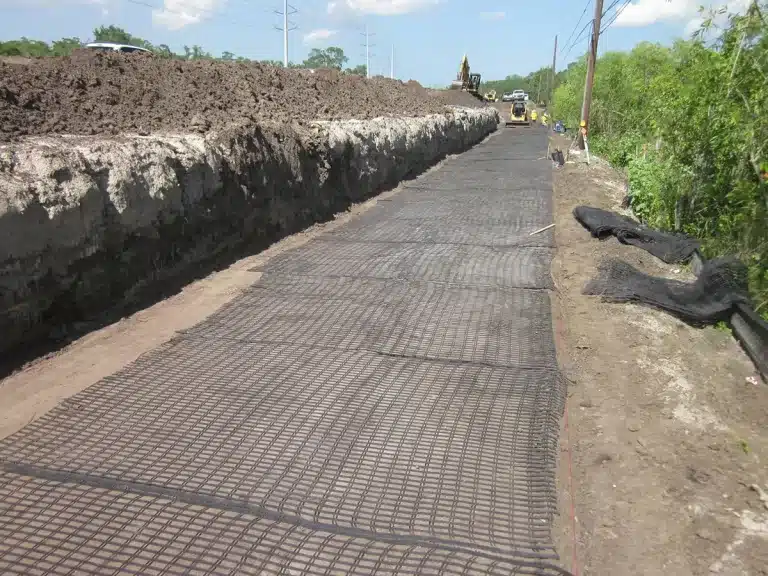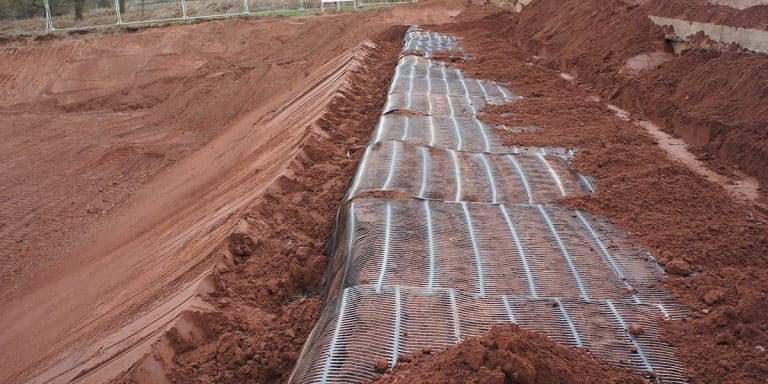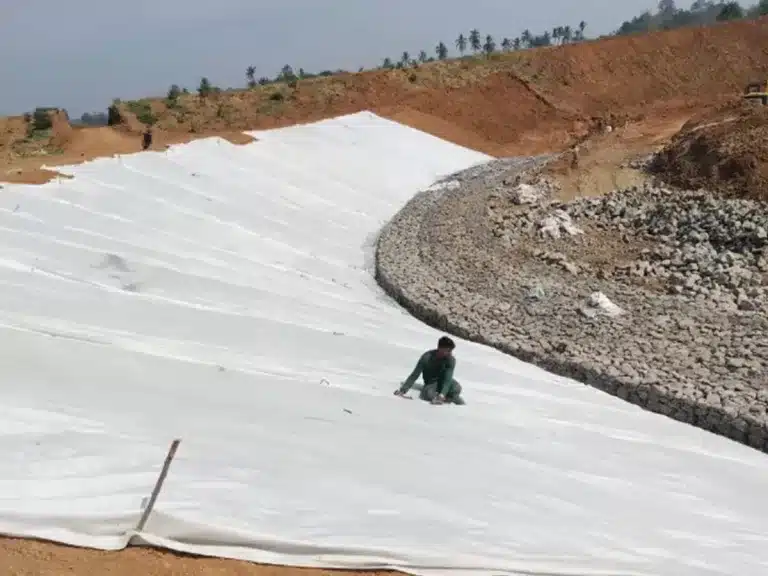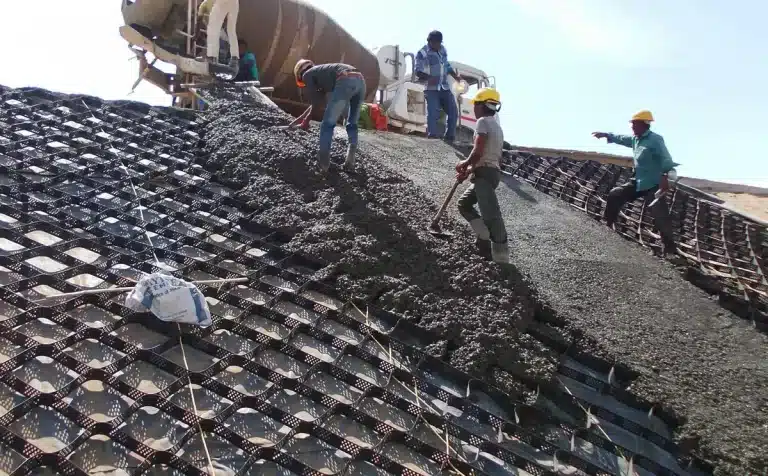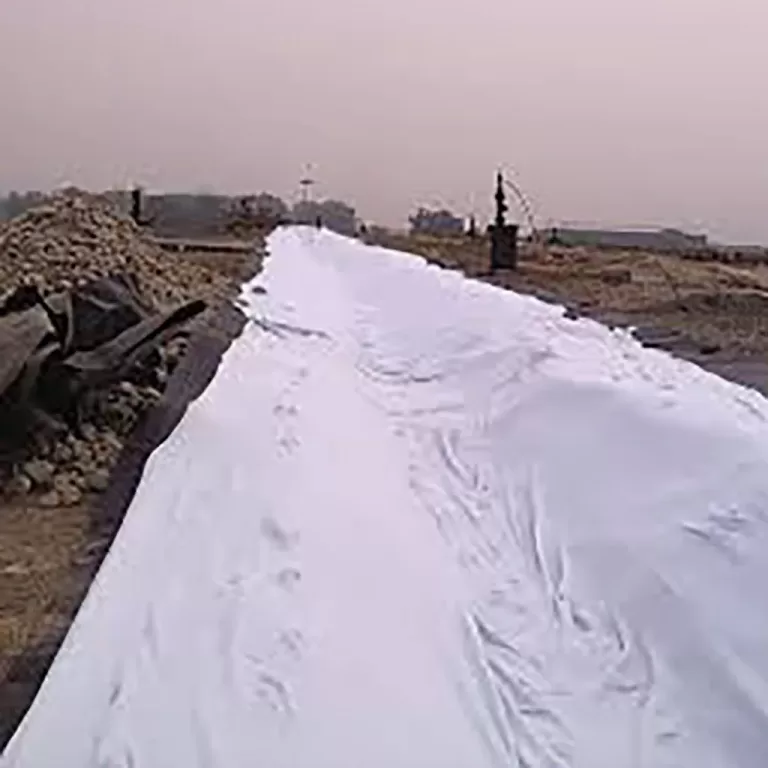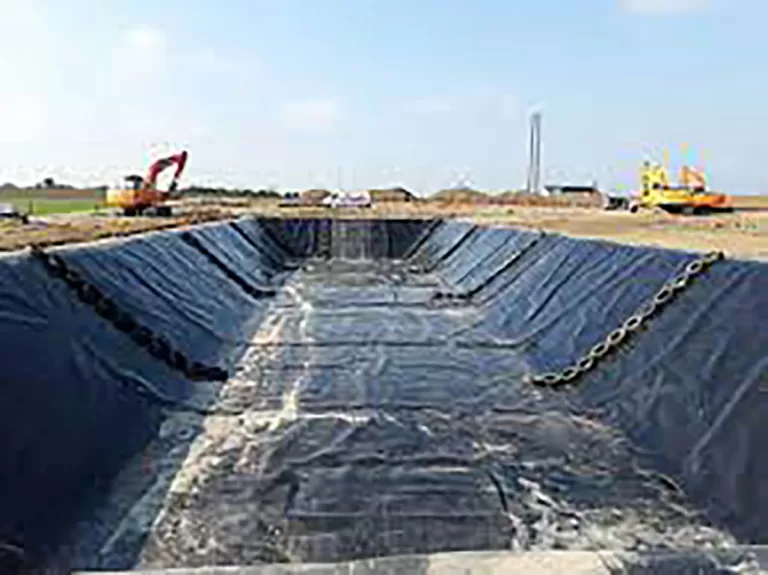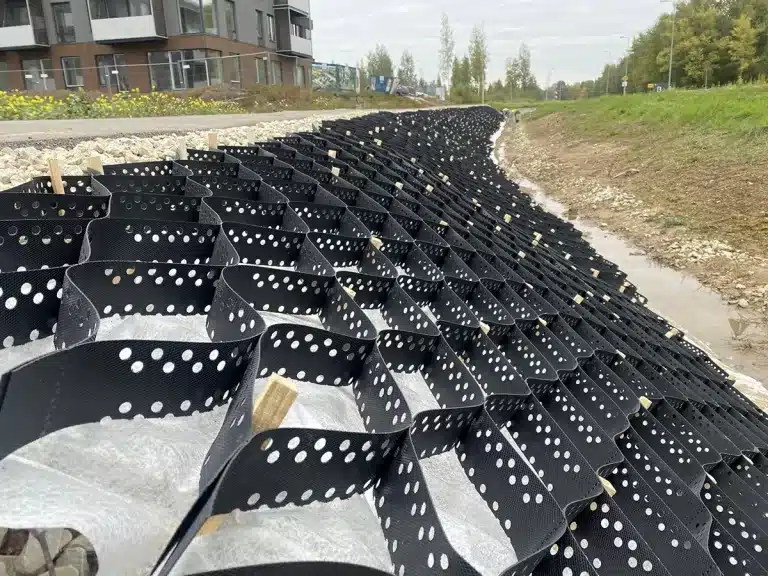Geogrid for Retaining Walls: Boosting Stability and Longevity in Construction
Geogrids are essential components in modern construction, particularly in retaining wall projects. These synthetic grids are designed to reinforce soil, adding strength and stability to structures. Their use is increasingly popular due to their efficiency, cost-effectiveness, and long-term performance. In this article, we’ll explore the role of geogrids in retaining walls, answering key questions that help understand their purpose, benefits, and environmental impact.

